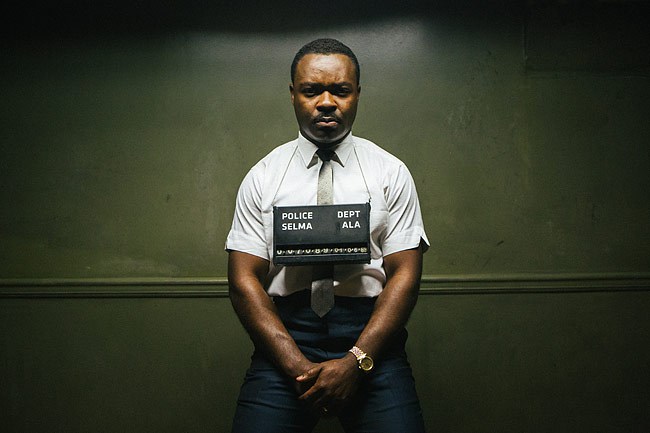Throughout this film I found myself thinking about skin and I'm pretty sure this was intentional. In addition to being gorgeous, Bradford Young's un-Oscar nominated cinematography also serves an important narrative function. As a man of color, he knows how to light various skin tones in order to bring out all the texture and nuances contained within darker complexions. And as a filmmaker of color, director Ava DuVernay knew that highlighting said textures and nuances would be an important tool in telling this particular story.
We have all stared at our own skin and taken note of the little wrinkles, blemishes and scratches that make us who we are. It might come in different shades, but we are all covered in it. This is precisely what blackface and minstrel shows attempted to drive out. If you turn an entire group of people into pitch-black, red lipped creatures, then it is extremely easy to label them as not human, deserving of ridicule and unworthy of basic inalienable rights. They are no longer seen as human.
By taking the time to properly light the rainbow of skin tones that comprise this cast, the filmmakers are insisting upon the humanity of all involved. This way, when people are bludgeoned and murdered we as an audience feel it because we can imagine those things happening to us and to our skin. And perhaps most importantly, it reminds us that the great deeds in this film were not done by comic book superheroes sent to earth in order to save us. The battle in this film was won by flesh and blood human beings, just like you and me. And we can do it again.


No comments:
Post a Comment